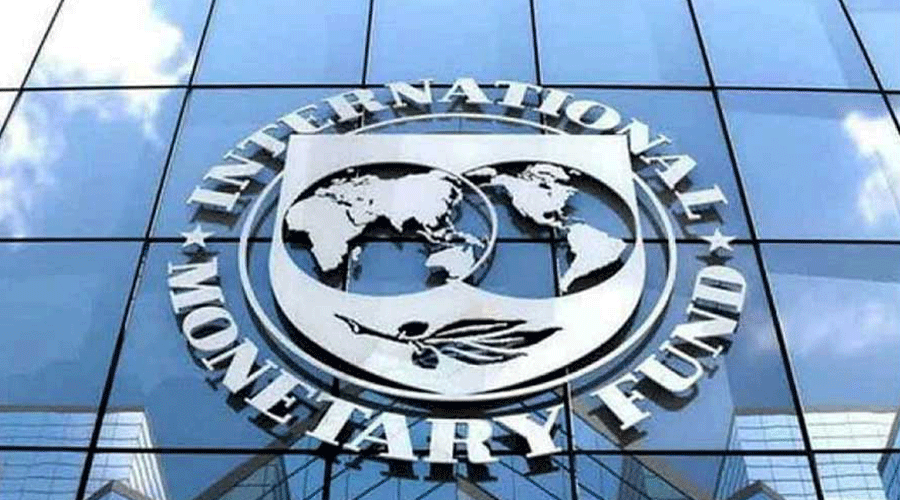In its World Economic Outlook published on October 2022, the International Monetary Fund has warned of a sharp global slowdown in macroeconomic growth amidst hardening inflation. The estimate of the global growth rate for 2023 has been revised downwards, once again. Global growth rate is expected to come down from 6 per cent in 2021 to 3.2 per cent in 2022 and 2.7 per cent in 2023. Global inflation, on the other hand, is expected to rise from 4.7 per cent in 2021 to 8.8 per cent in 2022; but it would soften somewhat to 6.5 per cent in 2023. In the impending gloom of a possible global recession, India’s growth estimates look comfortable, moving down a bit from 8.7 per cent in 2021 to 6.8 per cent in 2022, and down a bit more to 6.1 per cent in 2023. While the trend of growth in India is the same as for the global economy, the absolute numbers are stronger. However, the trillion-dollar question remains: will India be able to remain unaffected by global events or whether the country will feel the gusts of recession as well? Recession hurts growth and makes jobs scarce. Inflation makes managing the cost of living a challenge, especially for fixed-income earners. A combination of the two can lead to extensive social and political damage.
While growth rates and their estimates do look relatively rosy for India, inflation remains persistently high. The depreciation of the rupee, coupled with India’s energy dependence, makes the current account an issue of concern. This would become more aggravated with weakened demand from the United States of America, eurozone and China, hurting exports. Domestic demand is not robust enough to pull up growth. With feeble investment flows and rising costs from higher interest rates and price increases, producers would be reluctant to undertake fresh investments. In India, macroeconomic growth has not been good in creating new employment. One significant aftermath of the pandemic has been an increase in poverty and a reduction in the size of the micro, small and medium industries. Corporate shares in non-agricultural output have increased. However, corporate growth is not as employment intensive as the fast shrinking small and medium enterprises. Geopolitical stress, the lasting damage of the pandemic, and cost-push inflation have all created conditions for a perfect storm. While the world awaits the uncertainties of 2023, India would do well to have policies in place to boost domestic demand and create investment opportunities.











